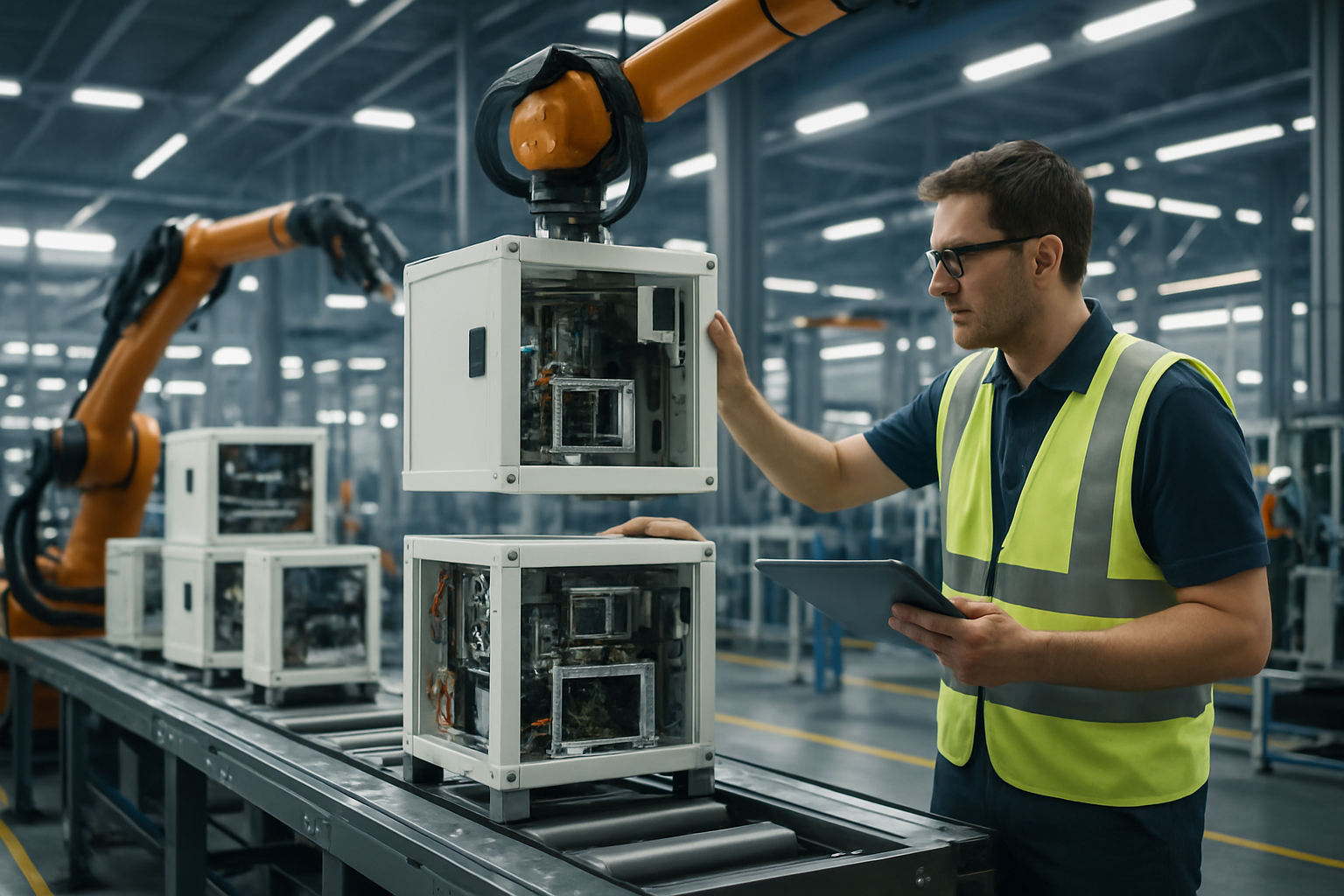Packing Jobs: An Essential Role in Manufacturing and Distribution
Packing jobs play a crucial role in the manufacturing and distribution industries, serving as a vital link in the supply chain. These positions involve preparing products for shipment, ensuring they are properly protected and organized for transport. From factory floors to warehouses, packing workers contribute significantly to the efficiency and quality control of various industries.

Packing workers may also be responsible for labeling packages, maintaining inventory records, and operating machinery such as shrink-wrap machines or box-sealing equipment. In some cases, they might work on assembly lines, coordinating with other team members to pack products as they come off the production line.
What skills are required for a packaging worker?
Successful packaging workers possess a combination of physical and mental skills. Attention to detail is paramount, as workers must ensure that products are packed correctly and safely. Physical stamina and dexterity are also important, as the job often involves standing for long periods and handling various items with care.
Other valuable skills for a packaging worker include:
-
Time management and efficiency
-
Basic math skills for counting and measuring
-
Ability to follow instructions and adhere to safety protocols
-
Teamwork and communication skills
-
Adaptability to changing production needs
Many employers provide on-the-job training for packing positions, making them accessible entry-level opportunities in the manufacturing sector.
How does the packaging industry contribute to manufacturing?
The packaging industry is an integral part of the manufacturing process, playing a crucial role in protecting products, extending shelf life, and facilitating efficient distribution. In many cases, the packaging itself is a product of manufacturing, with specialized factories producing containers, boxes, and protective materials.
For manufacturers, effective packaging solutions can:
-
Reduce product damage during transport
-
Enhance brand recognition and marketing efforts
-
Improve inventory management and storage efficiency
-
Meet regulatory requirements for certain products (e.g., food safety)
-
Support sustainability initiatives through eco-friendly packaging options
As consumer demands and environmental concerns evolve, the packaging industry continues to innovate, creating new job opportunities and challenges for workers in this field.
What are the career prospects for packing jobs?
While packing jobs are often entry-level positions, they can serve as a stepping stone to other opportunities within the manufacturing and logistics sectors. With experience and additional training, packaging workers may advance to roles such as:
-
Quality control inspector
-
Packaging designer
-
Production supervisor
-
Logistics coordinator
-
Warehouse manager
The demand for packaging workers tends to fluctuate with economic conditions and consumer spending. However, the growth of e-commerce and the ongoing need for efficient supply chain management suggest a continuing demand for skilled packaging professionals.
How is technology changing the packaging industry?
Technological advancements are reshaping the packaging industry, introducing new efficiencies and challenges for workers. Automation and robotics are increasingly used in packaging processes, particularly for high-volume production lines. This shift may reduce the number of traditional packing jobs in some areas but also creates new roles focused on operating and maintaining automated systems.
Other technological trends impacting the packaging industry include:
-
Smart packaging with RFID tags for improved tracking and inventory management
-
Sustainable packaging materials and designs to reduce environmental impact
-
3D printing for custom packaging solutions
-
Augmented reality for quality control and worker training
-
Data analytics for optimizing packaging processes and reducing waste
As these technologies evolve, packaging workers may need to adapt their skills and embrace new ways of working to remain competitive in the job market.
What are typical working conditions for packaging jobs?
Working conditions for packaging jobs can vary depending on the specific industry and employer. Generally, these positions are found in factory or warehouse settings, which may involve:
-
Standing for long periods
-
Lifting and carrying packages of various weights
-
Working with machinery and equipment
-
Adhering to safety protocols and wearing protective gear
-
Operating in temperature-controlled environments (e.g., cold storage for food products)
Many packaging jobs involve shift work, including evening or weekend hours, to meet production demands. While the work can be physically demanding, many companies prioritize ergonomics and safety measures to protect their employees.
In conclusion, packing jobs remain an essential component of the manufacturing and distribution industries. While the nature of these positions may evolve with technological advancements, the core skills of attention to detail, efficiency, and adaptability will continue to be valuable in this field. For those seeking entry into the manufacturing sector or looking for stable employment opportunities, packaging jobs offer a solid foundation with potential for career growth.






